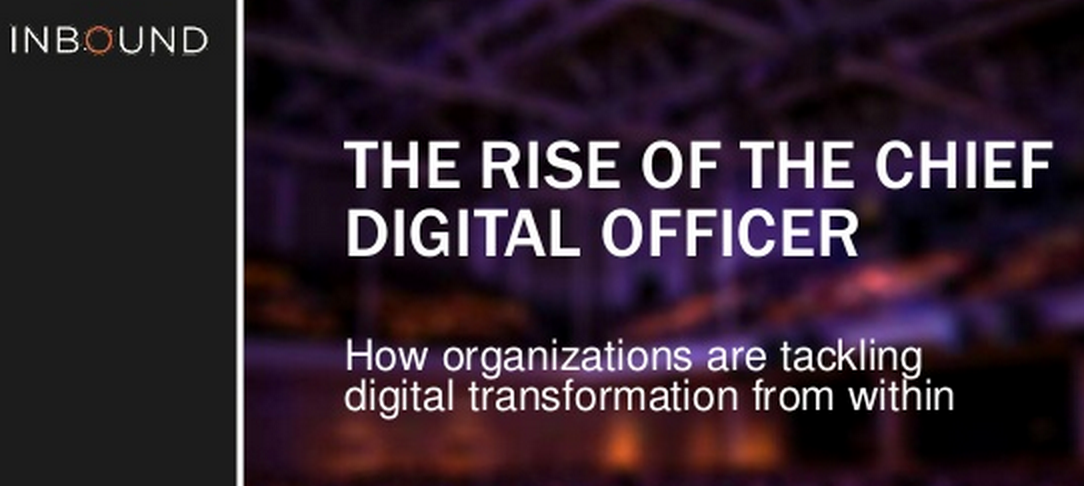Today, people don’t simply replicate offline activities online; rather, they create and engage in new mobile and social behaviors.
To get a sense of what’s new in digital, blink twice: helpful, innovative products are cropping up everywhere. But to build an institutional structure for digital engagement that will stand the test of time, organize once—smartly and creatively.
Change is now our norm. The last decade has produced a rapid and stunning transformation in digital behavior. Students arriving on college and university campuses in the fall of 2014 were born in 1996; back then, college students visited a physical location—a computer with a modem on a desk—to connect to the Internet and their new electronic-mail accounts. By the time today’s freshmen were in kindergarten, 62 percent of U.S. adults had mobile phones. Once the students reached middle school, iPhones were everywhere. This generation has grown up during the seismic shift from computing as a discrete activity to living with a ubiquitous Internet.
Today, people don’t simply replicate offline activities online; rather, they create and engage in new mobile and social behaviors. Our very language has changed. The graduating class of 2014 Instagrammed their selfies and Snapchatted their campus farewells before Ubering to the airport. Today, more than 90 percent of U.S. adults own mobile phones, 65 percent have smartphones, and 74 percent participate in social networks. The explosion of the mobile and social Internet thus extends far beyond the student body to the rest of the campus environment. Because of these deep-seated and rapid-fire changes, current digital engagement and expectations require fresh approaches to forging and maintaining connections with students, alumni, faculty, and staff.
Over the past five years, Harvard University has developed a strategy to advance digital communications and engagement. One key takeaway for us was simply this: why, how, and where an institution builds a state-of-the-art digital system is as important as, if not more important than, the technologies an institution ultimately chooses for building the system. That’s because if the first part is done right, the system will work far better, with both internal and external audiences vested in its success. In this process, strategic and audience-driven thinking trumps 3.0 tech.
Strong partnerships spanning campus communications and IT organizations, various schools, and the university’s central administration—as well as the core belief that we are co-developing these solutions with, and not simply for, our audiences—have buttressed our approach. Although there is no one simple roadmap for all higher education institutions, we laid out five steps that can ensure a solid foundation on which to build:
- Understand the environment
- Position the institution for digital success
- Develop a product management mindset and approach
- Champion user experience
- Prepare for the next wave of digital and social engagement


No comments yet.